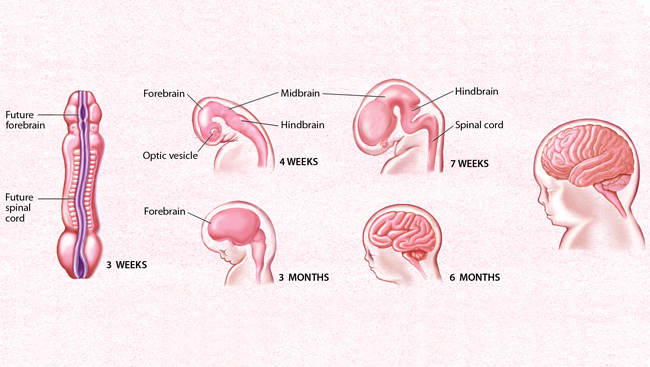

Those responses are then transmitted (as electric impulses) down motor neurons to the muscles. Then, in the Central Nervous System, you have specialised groups of different neurons to process the information and generate the appropriate responses. When these specialised sensors detect something, they generate an electric impulse that is transmitted through a neuronal fibre, bundled in a nerve, all the way to Central Nervous System. All these different sensors are neurons that specialise in the detection of different types of information. Also, all over your body you have sensors that detect pain. All over your skin you have sensors that detect pressure. Now, all over your body you have sensors that detect different types of information. Signals can also go the other way around, from the Central Nervous System to the various parts of your body, through motor neurons. These signals are transmitted from the periphery, for example, the toe, to the Spinal Cord and the Brain by sensory neurons. Nerves are bundles of neuronal fibres that transmit signals, which are electric impulses. The human Nervous System can be divided into two components: The Central Nervous System, made up of the Brain (which is inside your head) and the Spinal Cord (inside your spinal column which is your backbone) and the Peripheral Nervous System, composed of various nerves, like Cranial nerves (around your head), and peripheral nerves (that go all around your body).

Your body is made up by trillions of cells that do various things, and the cells associated with the Nervous System are called neurons.


 0 kommentar(er)
0 kommentar(er)
